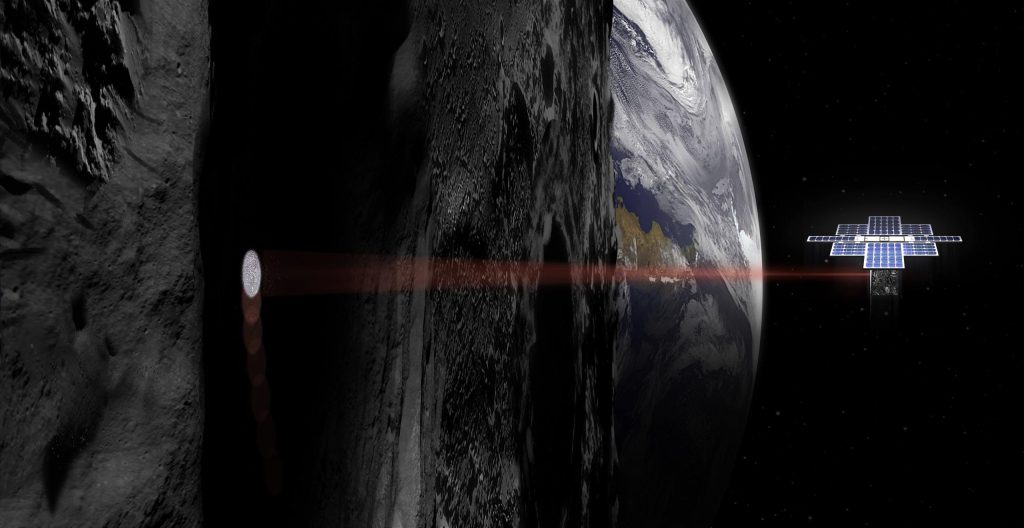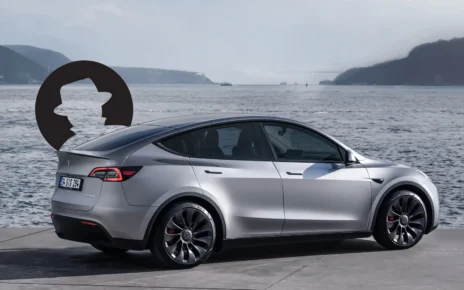In December 2022, SpaceX launched its Falcon 9 rocket from Cape Canaveral, Florida, carrying a Japanese lander and a NASA cubesat on a mission to the Moon. The Japanese lander, called the Lunar Polar Exploration Program (LPX), is a joint venture between the Japan Aerospace Exploration Agency (JAXA) and the private company ispace. The lander’s mission is to study the Moon’s polar regions, including its water and ice deposits, in order to gain a better understanding of its geology and potential for resource utilization.
The NASA cubesat, called the Lunar IceCube, is a small satellite designed to search for water and ice at the Moon’s poles. It will use radar to penetrate the lunar surface and detect any ice deposits that may be hidden beneath the surface. This will be the first time that a cubesat has been sent to the Moon, and the mission is part of NASA’s ongoing effort to explore the Moon and pave the way for future human missions.
The launch of the Falcon 9 rocket was a resounding success, with the rocket delivering the lander and cubesat to their intended orbits around the Moon. This marks another important step in SpaceX’s efforts to develop reusable rockets and reduce the cost of space exploration. The company has already made history by launching and landing the first reusable rocket, and by successfully delivering cargo and astronauts to the International Space Station.
The launch of the Japanese lander and the NASA cubesat is an exciting development for the exploration of the Moon. By studying the Moon’s polar regions, scientists hope to learn more about its geology and potential for resource utilization. This knowledge will be crucial for future human missions to the Moon and beyond, as we continue to push the boundaries of space exploration.



